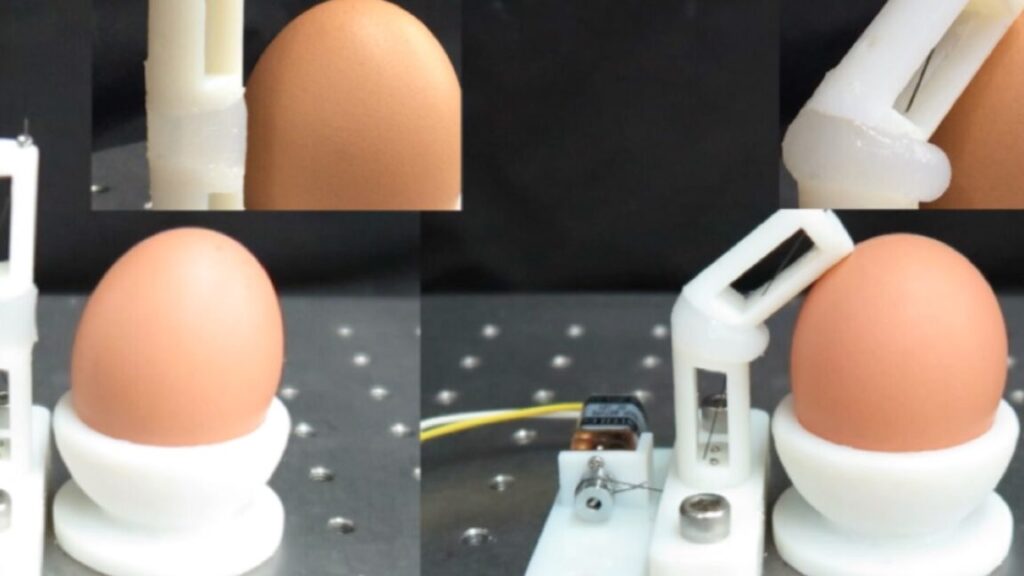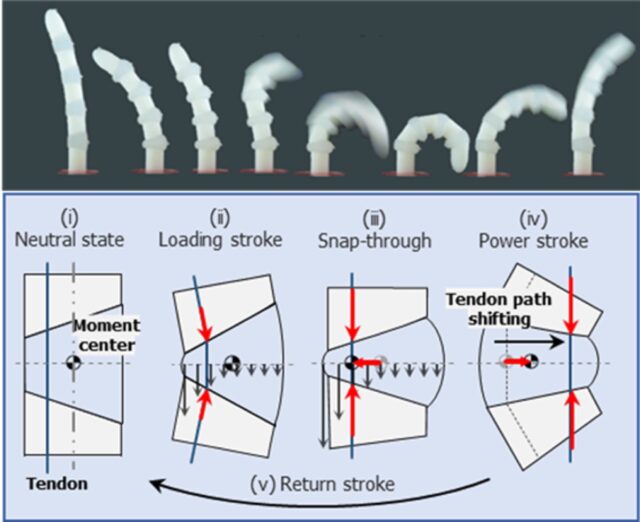The seemingly indestructible fists of the mantis shrimp can take a punch
To find out how much force a mantis shrimp’s dactyl clubs can possibly withstand, the researchers tested live shrimp by having them strike a piezoelectric sensor like they would smash a shell. They also fired ultrasonic and hypersonic lasers at pieces of dactyl clubs from their specimens so they could see how the clubs defended against sound waves.
By tracking how sound waves propagated on the surface of the dactyl club, the researchers could determine which regions of the club diffused the most waves. It was the second layer, the impact surface, that handled the highest levels of stress. The periodic surface was almost as effective. Together, they made the dactyl clubs nearly immune to the stresses they generate.
There are few other examples that the protective structures of the mantis shrimp can be compared to. On the prey side, evidence has been found that the scales on some moths’ wings absorb sound waves from predatory bats to keep them from echolocation to find them.
Understanding how mantis shrimp defend themselves from extreme force could inspire new technology. The structures in their dactyl clubs could influence the designs of military and athletic protective gear in the future.
“Shrimp impacts contain frequencies in the ultrasonic range, which has led to shrimp-inspired solutions that point to ultrasonic filtering as a key [protective] mechanism,” the team said in the same study.
Maybe someday, a new bike helmet model might have been inspired by a creature that is no more than seven inches long but literally doesn’t crack under pressure.
Science, 2025. DOI: 10.1126/science.adq7100
The seemingly indestructible fists of the mantis shrimp can take a punch Read More »


